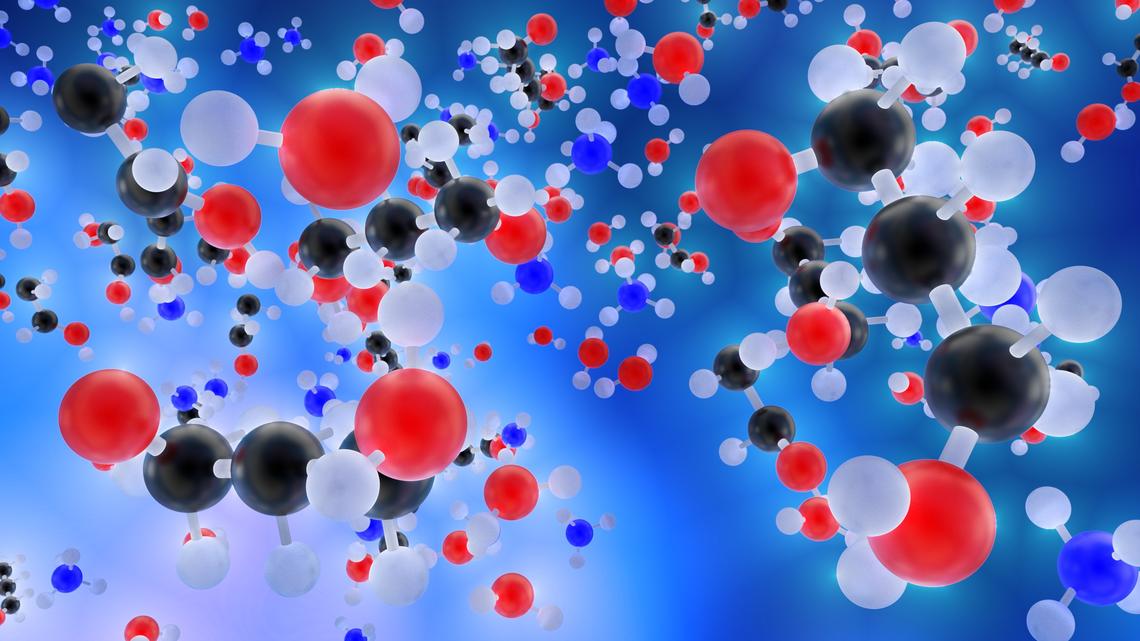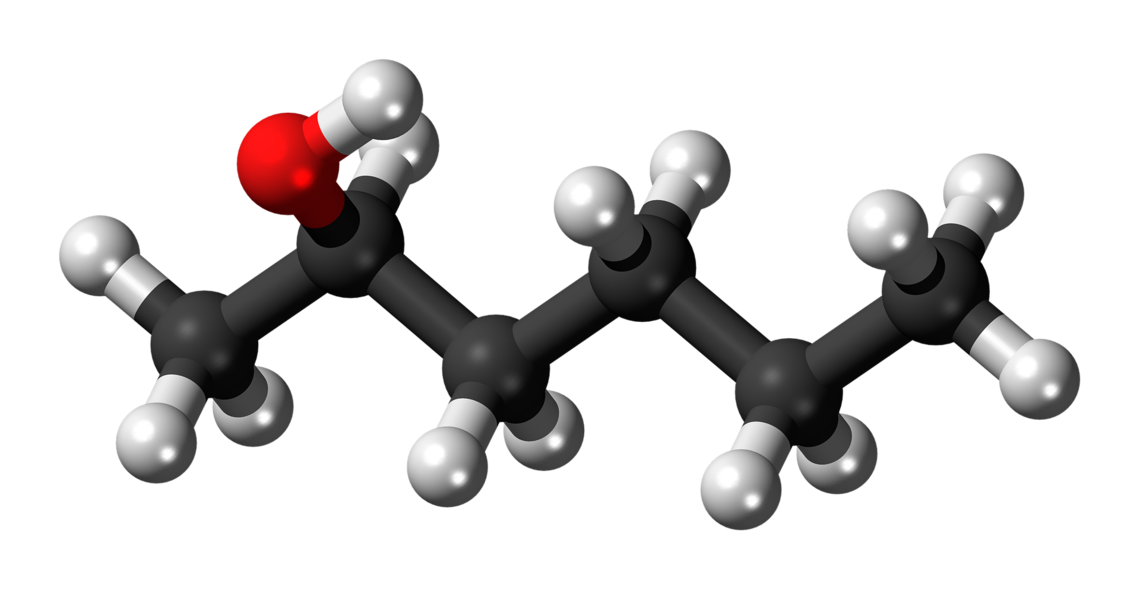Research groups at the Centre for Molecular Simulation
Explore our diverse and engaging research communities

Explore our diverse and engaging research communities
Computational models of lipids and membrane proteins to study their structure and dynamics.
Non-equilibrium physics of molecular machines, active matter systems, and de novo nanostructures. Coarse-grained DNA modelling. Using machine learning to develop a new paradigm for fitting biomolecular models.
Protein structure and biomolecular recognition using a combination of computational modelling and biophysical experiments.
Theoretical and computational chemistry to gain better understanding of chemical reactions at the microscopic level in real and complex environments.
Computational approaches to address drug design, simulations of peptides and membranes, and high level ab initio computational chemistry.
Developing and applying computational chemistry methodologies for molecular property predictions by integrating machine learning algorithms and quantum computing principles.
The university of Calgary has a unique strength in molecular simulation. Members of the Centre for Molecular Simulation are involved in the development of six major software packages used in academic research:
Below are some examples of underway work by CMS group members.
Cholesterol is a crucial component of mammalian cellular membranes, making up a significant portion (25-40 mol%) of the plasma membrane. Eukaryotic cells are thought to contain lipid rafts, which are small, dynamic domains enriched in cholesterol, sphingomyelin, and membrane proteins. Lipid rafts could mediate cell signaling, lipid and protein trafficking, and pathogen entry. How these molecules interact is paramount for understanding eukaryotic life, and they have been implicated in many important diseases, including cancers, diabetes, Alzheimer’s disease, HIV entry, and atherosclerosis.
Drew Bennett is using Molecular Dynamics (MD) computer simulations to probe the interaction between cholesterol and phospholipids at sub-nanoscale resolution. MD simulations involve two basic steps: determining the energy of the system and the resulting force on each atom, then updating the positions based on Newton’s equations of motion.
These steps are repeated millions of times and require the use of powerful supercomputers to produce a short (100s of nanoseconds) movie or trajectory of the molecules’ thermal fluctuations. From the trajectory, researchers can determine macroscopic properties through statistical mechanics and compare them to experimentally observable properties. MD simulations provide a novel view of membrane systems, with atomistic details of the dynamic behavior of single molecules - generating structural, mechanistic, kinetic and thermodynamic data.


Building on traditional approaches, Mykhaylo Krykunov is developing a way to improve accuracies for calculating excitation energies in density functional theory (DFT) without incurring large computational costs.
The current setback of the traditional approach in the field, time-dependent DFT (TDDFT), is that it does not adequately describe the charge transfer excitations. This failure comes from the approximate form of the existing density functionals. Krykunov is going beyond the linear response paradigm of the TDDFT in the constricted variational DFT to develop a new method that overcomes the problems related to such approximations.
This developed method has been implemented into the quantum chemistry software, namely, the Amsterdam Density Functional (ADF), which can perform DFT calculations for molecules that could contain any possible atoms from the periodic table. As a result of the computer simulations, he can obtain the excitation energies that can be compared to the experimental values from the absorption spectra. Currently, he performs benchmark calculations of the excitation energies in small- and medium-sized organic molecules. However, it is possible to extend this theoretical method to large systems and/or heavy elements as well as include solvent effects for more realistic modeling. Moreover, it is also possible to apply the method for the calculation of the circular dichroism and magnetic circular dichroism spectra in the nearest future.
The practical applications of the constricted variational DFT method are diverse, namely because an accurate prediction of the excitation energies is important for designing new materials with useful photochemical properties. For example, the p-conjugated systems in the form of organic dyes have attracted attention due to the possibility of incorporating them into dye-sensitized solar cells. In this situation, it is important to have a fast and accurate theoretical method that can be used for an efficient selection of dye molecules from the long list of possible candidates. The method developed by Krykunov and his research group has shown promising results for this type of system as well as for the charge-transfer excitations.
Magnetic circular dichroism (MCD) is a spectroscopic technique where the difference in absorption intensity between left and right circularly polarized light is measured in the presence of a magnetic field. Although MCD is a commen technique, having been in use for nearly 50 years, the observed spectra are often challenging to interpret. Michael Seth has written a program module that allows MCD spectra to be calculated from first principles, making interpretation easier and adding greater value to the use of MCD.
In this program, Seth has modified existing code that calculates absorption spectra by adding the influence of the magnetic field and spin-orbit coupling to enable the computation of MCD. He has applied this program to a number of different applications, starting with smaller test cases but more recently considering problems involving metallo-enzymes. These studies have been mostly aimed at showing the ability of the computational method to simulate experimental spectra by demonstrating what kind of accuracy is to be expected and what kind of insight can be gained.
The theory that was developed and the accompanying computer program have already been integrated into a commercially available computer modelling program. Seth’s work, and the work of other researchers in this area, is adding a new dimension to MCD spectroscopy.


The CMS is part of the Faculty of Science. The Graduate Science Centre has been created for graduate student support and services. View current graduate programs, important dates/deadlines, forms and documents, and and contact information for your questions.